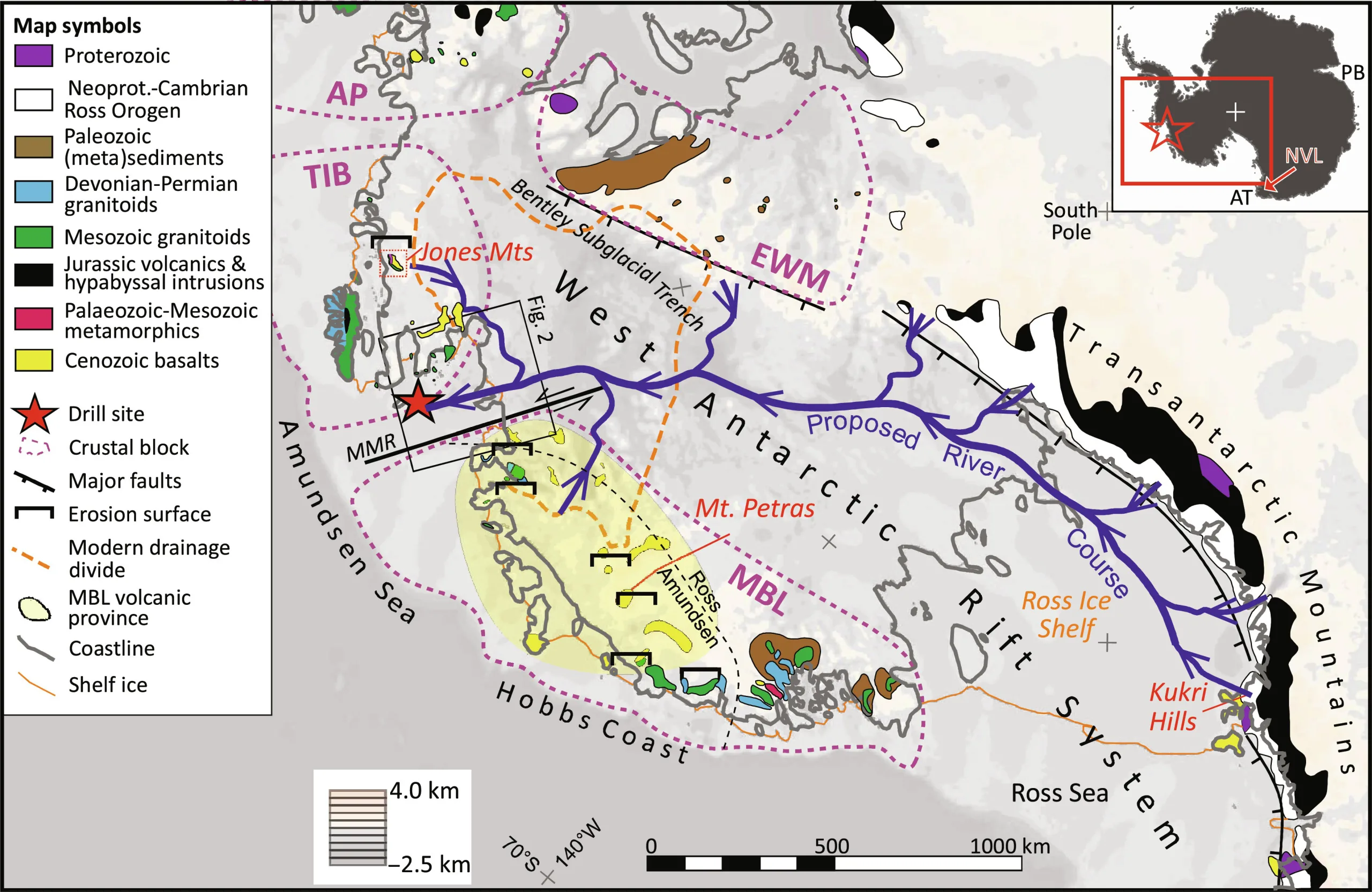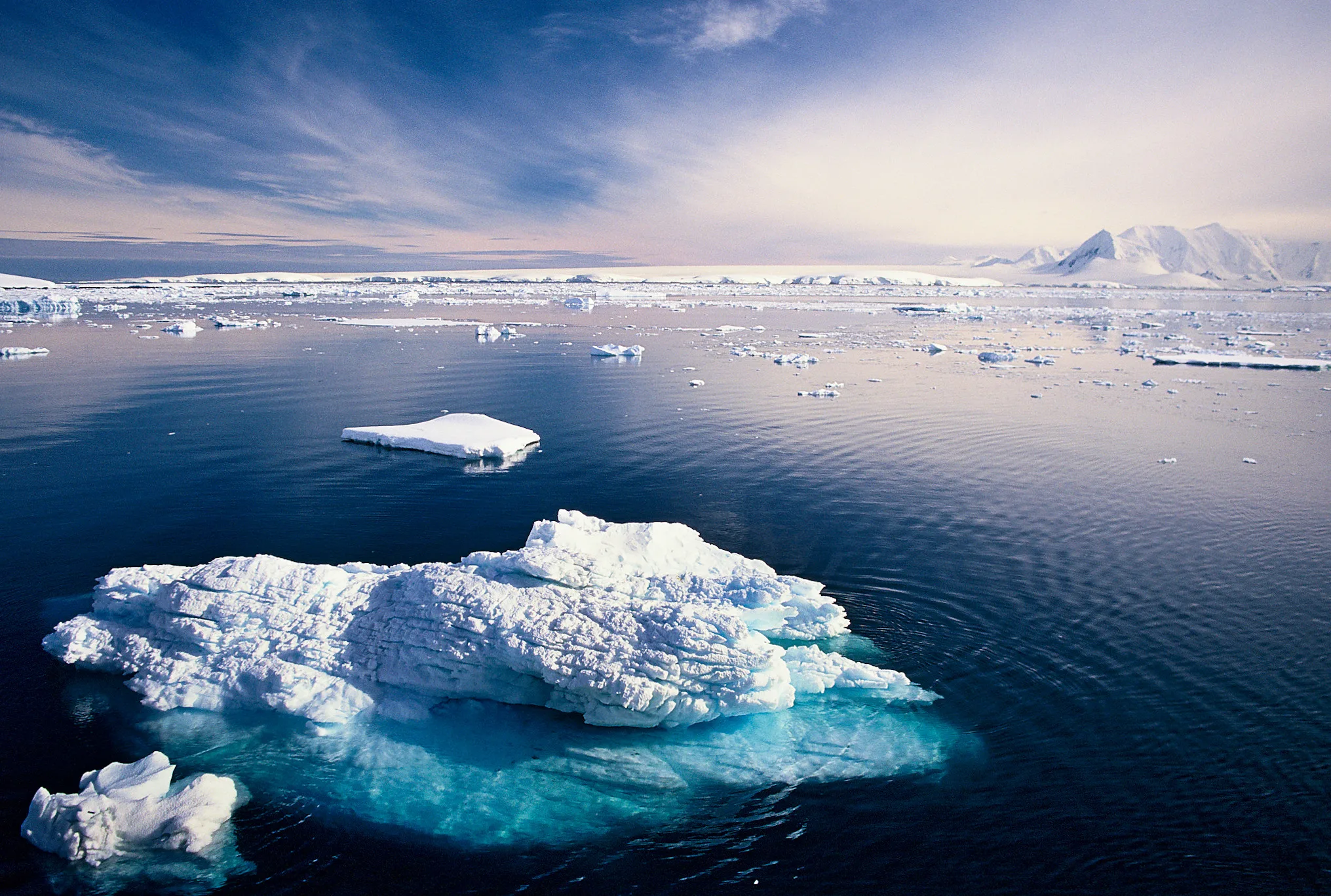A groundbreaking discovery has been made beneath the Antarctic ice, unveiling a transcontinental river system dating back to the Eocene era, approximately 44 to 34 million years ago.
A study published in Science Advances journal sheds light on Antarctica’s ancient, unglaciated past and provides new insights into the continent’s palaeogeography.
The study involved a comprehensive geochronological and sedimentological analysis of drill cores extracted from the Amundsen Sea shelf in Western Antarctica. The analysis revealed sediments from two distinct periods. The earliest sedimentary layers date back to the mid-Cretaceous period, around 85 million years ago. These layers contain traces of fossils, spores, and pollen from a temperate rainforest, offering a rare glimpse into the region’s ancient ecosystems.
The discovery of these Cretaceous-era sediments aligns with earlier evidence of Antarctica’s unglaciated history, first hinted at by the ill-fated Terra Nova expedition of 1910–1913. During this expedition, fossils of the Glossopteris tree, an extinct genus of seed ferns, were discovered. These trees had vanished during the end-Permian (Changhsingian) mass extinction, further supporting the theory that Antarctica was once home to lush, temperate environments.
Above the Cretaceous layers, the researchers uncovered sediments primarily composed of sand, dating from the mid-to-late Eocene. Upon closer examination, these sediments exhibited a stratified pattern typical of a river delta system. Biogeochemical analysis of the terrestrial organic matter within these sediments corroborated this finding. The data suggested a paleoenvironment similar to those where riverine-transported organic and siliciclastic material is prevalent, indicating that the sediments were deposited in a coastal-estuarine swamp environment.

The research team proposes that these sediments were transported and deposited by a transcontinental river system, estimated to have spanned over 1,500 kilometres. This ancient river system likely originated from the rising Transantarctic Mountains and drained into what is now the Amundsen Sea.
The study authors further supported their hypothesis with seismic reflection data from the shelf between drill sites PS104_20-2 and PS104_21-3. This data revealed reflectors within the late Eocene seismic unit ASS-2, which are characteristic of fluvial plains and delta systems, further indicating the presence of an Eocene river delta in the present-day Amundsen Sea Embayment.
This discovery not only enhances our understanding of Antarctica’s geological history but also raises intriguing questions about the continent’s climate, hydrology, and ecosystems during the Eocene era. As researchers continue to explore the secrets hidden beneath the Antarctic ice, new revelations about Earth’s past climates and landscapes are likely to emerge, offering valuable insights into the planet’s dynamic history.
